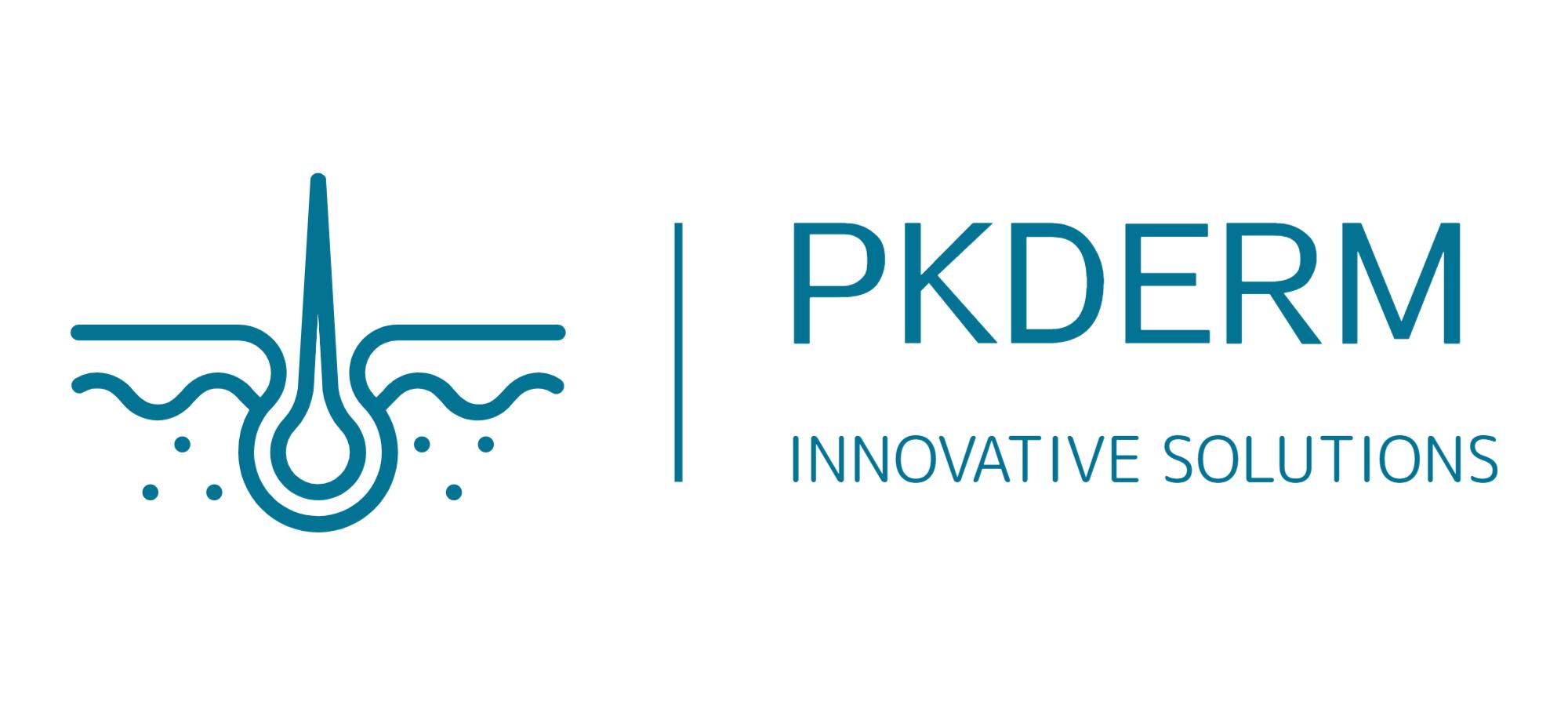OpenTox Virtual Conference 2021 Session 2
Nano-QSTR modeling of metal oxide nanoparticles (MeOxNPs) to E Coli: Application of the Small Dataset Modeler tool
It is expected that the production of metal oxide nanoparticles (MeOxNPs) in different commercial products will increase every year exponentially, and their potential to cause adverse effects to the environment and human health will also expand rapidly. A comprehensive evaluation of risk assessment of nanoparticles (NPs) is necessary to design eco-safe products. However, experimental ecotoxicological assessments are time-consuming requiring a lot of resources. That is why researchers rely on alternative silicon approaches to predict the behavior of NPs in the biological system before their mass production. Quantitative structure−toxicity relationship (QSTR) has been adopted as a potential method to predict the cytotoxicity of untested NPs. The availability of limited experimental data points has also made it a challenging job for QSTR researchers to develop robust predictive models. Hence, in the present study, multiple linear regression (MLR) models were developed from cytotoxicity data of 17 MeOxNPs gathered using Escherichia coli (E.coli) bacteria cells under both light and dark conditions. The models were developed applying the Small Dataset Modeler software, version 1.0.0 (http://teqip.jdvu.ac.in/QSAR_Tools/DTCLab/) which can effortlessly generate models with a limited number of data points. The division of the small dataset (17 compounds) into training and test sets for QSTR model generation and validation was not desirable to avoid loss of information and introducing bias in descriptor selection. Instead, the whole set was used as the modeling set to develop the predictive cytotoxic models using double cross-validation (DCV), leave-one-out (LOO), and leave-many-out (LMO) cross-validation approaches. Periodic table-based descriptors (both 1st and 2nd generation) were used for the modeling purpose to identify the features responsible for the toxicity of MeOxNPs. Two statistically significant MLR models 20.612, ��=2 0.726) and dark-based toxicity based on photo-induced toxicity ( ��(������)= 20.627,��=2 0. 0.77) were developed comprising three periodic table descriptors in each (��(������)= case. From the developed models, we interpreted that increase in valency and oxidation state of the metal in MeOxNPs will decrease the cytotoxicity whereas the atomic radius of the metal and electronegativity of MeOxNPs has a substantial influence on the toxicity towards E. coli cells. Both the MLR models were validated using different internal validation metrics. The selected features are important for understanding the mechanisms of nanotoxicity and identifying the potential risk associated with the exposure of MeOxNPs. Thus, the developed models can be a scientific basis for designing and preparing safer NPs.


